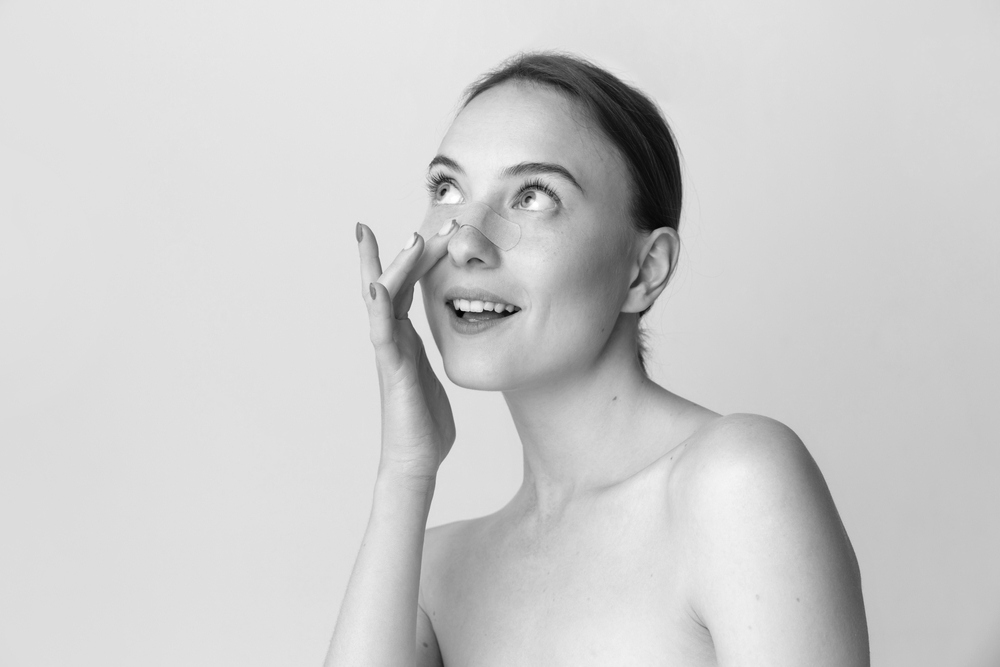August 5th, 2025
Dr. Mulholland, Md
Many people consider summer the season of “fun in the sun,” as the hours of sunlight are at their maximum exposure.
Exposure to the sun can have many benefits and, in many ways, is necessary for our wellbeing. Sunlight can help with many things, such as helping to generate vitamin D production, lowering blood pressure, and developing bones. Sunlight is also suitable for a person’s mental health, and many reports that having a consistent lack of sunlight, such as during the winter, causes emotional distress known as seasonal depression.
However, the sunlight can also be damaging and detrimental in several ways, especially to your skin. Overexposure to sunlight can cause much damage, including white spots on skin from the sun, spots, burns, and even sun wrinkles.
Wrinkles from the sun especially are common. The effects of the sun on the skin are the most common cause of wrinkles.
Today we will look at sun damage and the skin and how these damages can happen.
Why Does the Skin Damage From the Sun Occur
The effects of sun exposure on skin and UV light are the biggest culprit behind wrinkles. This is known as photoaging and is responsible for 90% of visible changes to the skin.
Since light is always present in our daily lives, the risks of damaging effects of the sun on skin are present year-round.
The epidermis, top layer, the dermis, or middle layer, and the subcutis, or bottom layer, make up the three layers of your skin. Collagen, elastin, and other fibres that support the skin’s structure are found in the dermis. These components give skin a smooth, youthful appearance, and they are also the ones that are harmed by UV radiation.
Two distinct wave types, UVA and UVB, make up the UV radiation that harms the skin. The skin’s DNA is harmed by UV radiation, which causes cells in the dermis to rush to make melanin in the epidermis to stop further sun-damaged skin. Your skin is striving to stop the radiation from reaching your skin through this process, which is what causes you to tan.
The majority of the harm we identify with photoaging is caused by UVA radiation because of its longer wavelength. UVA rays harm the collagen fibres in the dermis by penetrating deeply. Increased generation of aberrant elastin results from this injury. Metalloproteases are produced because of the very high levels of elastin. These enzymes, which repair harmed collagen, frequently act erratically and destroy the collagen, leading to improperly repaired skin. Daily UVA exposure causes this process to recur, resulting in wrongly repaired skin that wrinkles from the sun and depleted collagen that gives skin a leathery appearance.
Some say that the effects of sun exposure on the skin can help minimize the appearance of stretch marks on the body, but this has not been proven to be true and cause counterintuitive issues such as the above.
Types of Skin Damage from the Sun
Sunspots
Flat dark spots are called sun spots to appear on parts of your skin that are exposed to the sun. Sunspots on the skin are also sometimes known as liver spots, despite having nothing to do with your liver at all.
White spots on skin from sun exposure are also sun spots and are similar in appearance to raindrops.
Sunspots on the skin are benign. They are not malignant, represent no threat to your health, and don’t need to be treated unless you want to have them removed for aesthetic reasons.
Polymorphous Light Eruption
When someone who has gained sensitivity to sunlight is exposed to the sun, they may get a rash called a polymorphous light eruption. Small bumps on the skin from sun exposure or slightly elevated skin patches are the most common symptoms of the rash.
The first time you’ll notice this sensitivity is probably in your twenties or teens. When exposure to sunshine rises, which occurs in the spring and early summer, the reaction typically occurs. As the summer goes on, the likelihood of a repetition decreases. But after the initial outbreak, the rash frequently returns every year.
Sun allergy, sun poisoning, and polymorphic light eruption are additional names for this condition, all referring to bumps on the skin from sun exposure…
A polymorphous light eruption typically lasts ten days before going away on its own without leaving any scars. Medication may be required for those who have severe or persistent rashes.
Preventing Sun Damaged Skin
Sunscreen is frequently mentioned as a go-to antiaging tool, and for a good reason. In addition to preventing skin cancer, wearing sunscreen daily can also delay the onset of photoaging. Photodamage can be resisted for a longer amount of time with regular use.
How to Treat Sun Damaged Skin
You should use skin care products made to repair UV damage for sun damage and skin conditions. If you already show some of the above-mentioned indicators of sun damage and skin issues, certain substances, like green tea, vitamin C, and E, are antioxidants that aid in brightening dark spots and stabilizing the skin. Retinol, an antiaging hero, increases cell turnover when utilized every night to produce a healthy and young appearance.
Treatments for Sun Wrinkles at Toronto Plastic Surgeons
Facelift
A facelift, also known as a rhytidectomy, is a general term for a number of cosmetic procedures that help to lessen the appearance of creases, wrinkles, and sagging skin on the face. Typically, this is accomplished by tightening the muscles beneath the skin, rearranging the fat and tissue where necessary, and removing any remaining loose or extra skin.
A full facelift in Toronto is for people who want to address the ageing effects on many parts of their face, including the chin, jaw, forehead, and everything in between. There are several alternatives available for the full facelift, including the SMAS facelift and the deep plane facelift.
The superficial musculoaponeurotic system (SMAS), a layer of facial muscles beneath the skin, is the target of a SMAS facelift. The SMAS layer is tightened during this operation, which might enhance the neck and lower face.
On the other hand, the deep plane facelift makes use of larger incisions on the face to enable better manipulation of the tissue, fat, and skin than other facelift techniques. This procedure aids in treating more severe ageing symptoms like heavy jowls, deep creases, and cheek and jaw sagging. While this technique is very effective, it is also one of the more invasive facelifts. Because it exposes facial nerves while being conducted, it carries a higher risk of problems and must be carried out by skilled surgeons like those at our clinic.
TPS also has you covered if you’re interested in a men’s facelift procedure.
Blepharoplasty
A cosmetic surgical technique called blepharoplasty can assist in lessening the many ageing symptoms that are present around the eyes. Blepharoplasty in Toronto can typically erase ten years off your face. Although the approaches will vary significantly based on the problem that has to be solved, the overall procedure is as follows.
First, general anesthesia is administered to the patient. Then, incisions are made along the eyelids’ natural creases to conceal any scarring. The extra skin is then eliminated. After that, any fatty tissues are eliminated, the muscles are realigned, and the skin is smoothed to eliminate wrinkles.
By removing the extra skin, under-eye blepharoplasty also addresses additional problems, including puffy bags and dark circles.
FaceTite
FaceTite is a non-invasive fat-melting, wrinkle-reduction, and skin-tightening therapy that reduces skin laxity in the face and neck to give the skin a more youthful appearance. The sub-dermis of the skin is heated during the process using an internal “under-the-skin” probe, which causes the skin to tighten and lift.
The skin can suffer from the natural effects of ageing, sun exposure, and lifestyle choices, particularly on the forehead, cheeks, neck, and eye region. Our appearance ages as our skin lose its suppleness, wrinkles form, and we droop.
Without making significant incisions, FaceTite employs radiofrequency energy to tighten skin, reduce wrinkles, and melt fat. FaceTite gives comparable outcomes to traditional facelift surgery without the prolonged recovery time, discomfort, or scarring for people who prefer to forego the procedure.
Booking with Toronto Plastic Surgeons
If you’re trying to reverse the effects of ageing, we can help. Whatever your cosmetic surgery needs may be, our devoted team of plastic surgeons in Toronto can assist you.
You can make an appointment with us online or call us at 647-723-3739 to talk with a member of our team if you’re interested in scheduling your initial consultation or finding out more about our services.



